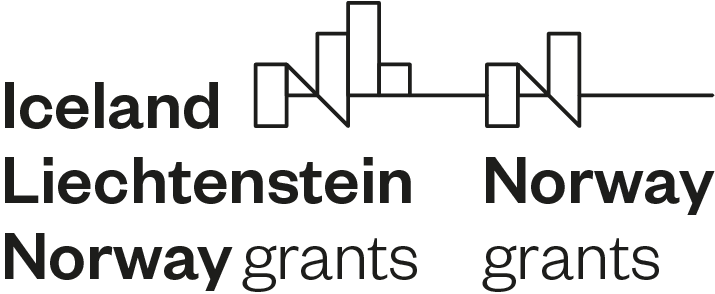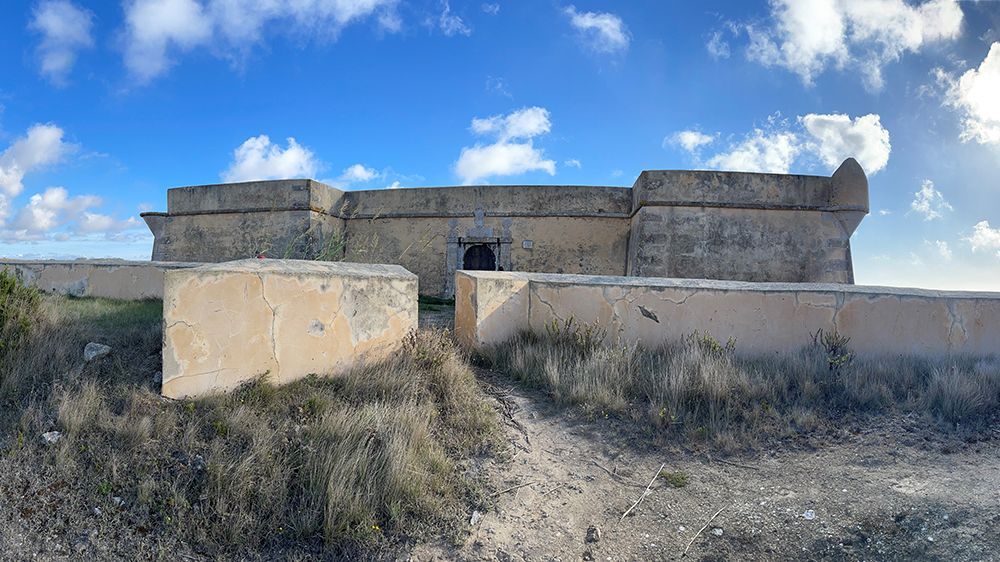About the project
Just imagine that you are able to see the old historical sights as they were in the time of their glory. It is no longer a dream – it is the reality, or to put it more correctly, augmented reality.
The project "Coastal Fort Memory" aims at the sustainable restoration of the Paimogo Fort, which is located on the cliffs of Paimogo Beach in Lourinhã, Portugal. The fort was built in 1674. Paimogo Beach is also the site of the landing of some of Lord Wellingtons forces during the Napoleonic Wars.
Augmented Reality
Within the two years of this project, the historical building and related historical events will be reconstructed and simulated in Augmented Reality. This is the part where researchers at the Department of Media and Communication (IMK), University of Oslo will contribute with the advanced augmented reality (AR) technologies, experimenting with innovative narrative and rhetorical devices for employment in cultural heritage communication and storytelling.
These technologies have been successfully used on several other historical sites, including, but not limited to, the recreation of D-Day on Omaha Beach, Oseberg Viking ship and Calmecac Museum in Mexico City.
Objectives
In the rehabilitation phase, the project will use non-destructive construction materials and techniques that will conserve the identity of the original building.
The fort will have a new function, serving as a “Fort of Memories” for the local community, reinforcing its identity and recovering traditional knowledge. The research team from IMK will design the AR experience and conduct on-site testing of various prototypes before finally publishing an application for the wider audience.
Outcomes
The project will invest heavily in activities with the local and school community and in the promotion of sustainable tourism. This way the project will create new opportunities and services for local development, which, together with other municipal tourism products, will enhance the territory and generate employment.
The research team from IMK will also participate in the dissemination and communication activities promoting the project nationally in Portugal and internationally.
Cooperation
The project is conducted by the international consortium led by the Municipality of Lourinhã, Portugal.
Consortium partners:
- Laboratório Nacional de Engenharia Civil (LNEC)
- Cooperativa de Formação e Animação Cultural CRL (COFAC), Universidade Lusófona
- Centro de Estudos Históricos da Lourinhã
- União de Freguesias de Lourinhã e Atalaia
- Stiftelsen Museum Nord
- Department of Media and Communication (IMK), UiO.
Project period
The project runs from September 2021 to April 2024.
Financing
The project is financed by the EEA–grants, Portuguese Culture Programme, under the call "Local development through safeguarding and revitalization of coastal cultural heritage" (2021).
More information can be found on the website for EEA Grants Portugal (eeagrants.gov.pt).

